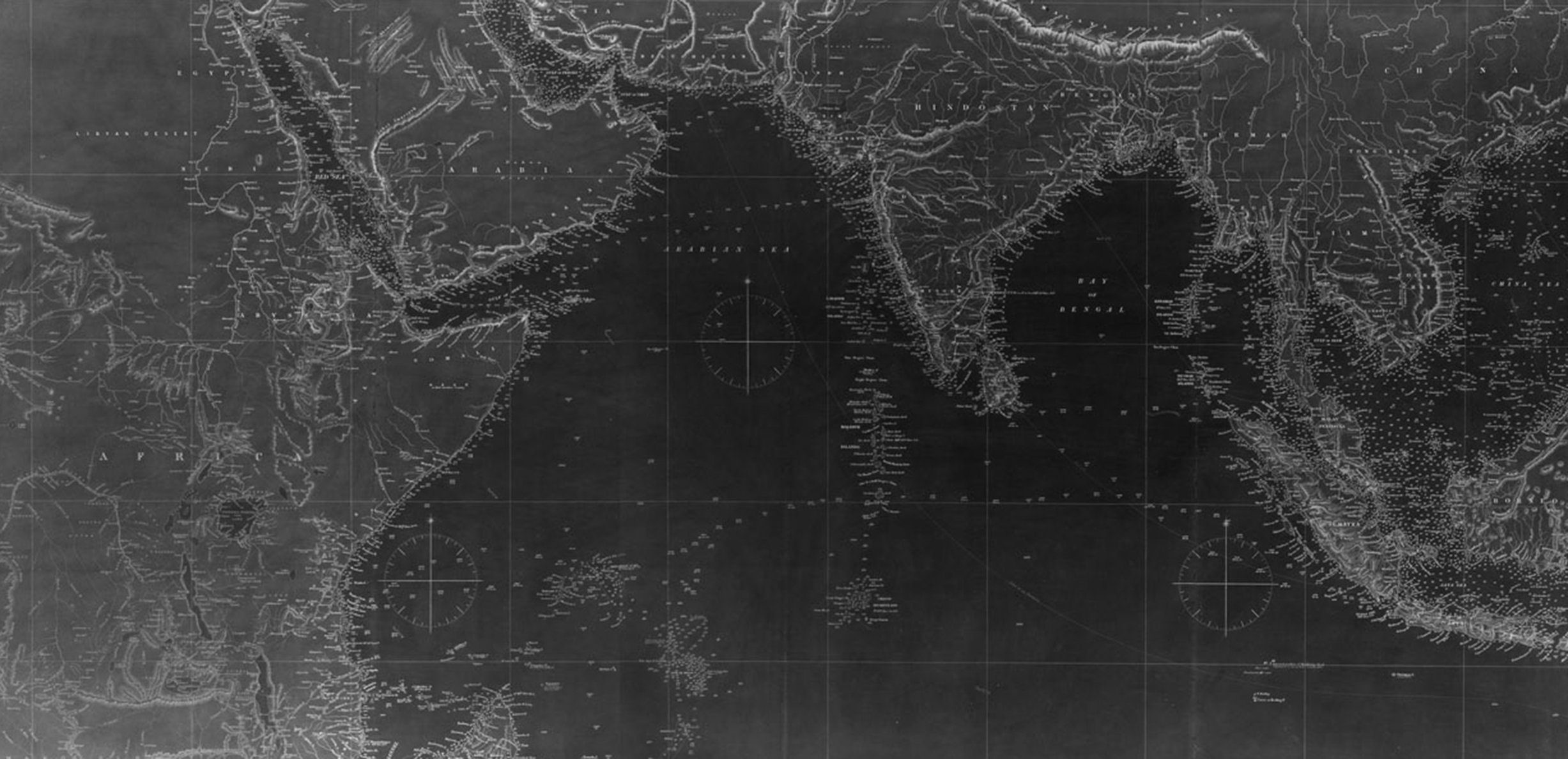
5. Freedom Stories
How did people in bondage define “freedom” in different parts of the world?
Students might compare and contrast “freedom stories” within the framework of the following questions:
Compare and contrast the ways in which peoples in bondage defined freedom, mounted resistance, or asserted their claims to community, culture, mobility, and security from violence in different parts of the world
How did diverse contexts and varieties of bondage shape these definitions, assertions, or forms of resistance?
How might we read the infrastructure of imperial anti-slaving -- police stations and reports, law courts, naval cruisers, bazaar raids, and depositions -- along and against the grain, in order to decode meanings of “agency” and marginalized people’s quest for autonomy or community?
Scroll down for sample primary sources on some of these topics.
Sample sources for “Freedom Stories”
Compare two sources that follow:
Source 5 A is a report of the Lemmon slave case (Library of Congress) – that pitted the state of New York against Virginia.
Source 5 B is a petition by the “emancipated slave girl” Fatima, in British colonial records.
How do you think the diversity of enslaved statuses, functions, and laws in different parts of the world shaped the reactions of the enslaved who appear in these records?
Source 5A
Report of the Lemmon Slave Case
Report of the Lemmon slave case : containing points and arguments of counsel on both sides, and opinions of all the judges:
People of the state of New York on the relation of Louis Napoleon, respondents, against Jonathan Lemmon ... of Virginia, appellant / Lemmon slave case
URL: https://www.loc.gov/item/03020167/
“…I was taken from Calcutta by the Nacodah of the ship Hoomayun Shah, and there made over to …the mother of the Sultan of Muscat with whom I remained about 3 years and a half, as a slave. About 4 months ago, I was given over to one Hillal, the brother of my mistress. He matched me with his slave Abdool Khair Nubie, my marriage was not celebrated according to the law of the Muhamedans, but I considered him my husband and he considered me his wife. I was afterwards sent to the house of the
English agent, who sent me to Bombay. I do not wish to be sent to my country. I was formerly a Hindu, but I am now [a Muslim]. I wish to be sent back to Muscat, to join my said husband.”
Source 5B (transcribed, edited, and emphasis added by authors)
Translation of a bill of sale to a ”dancing girl” in Gauhati (British India), 1872
This source is lodged in (British colonial) Foreign Department records of the National Archives of India, and cited in Sojourners, n. 333
